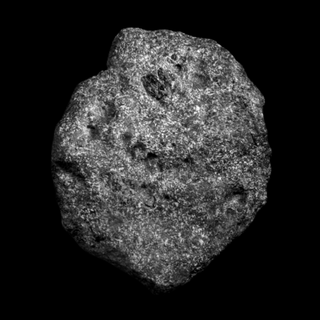What did Earth look like before life emerged? Think serene blue water engulfing our whole planet. A new study confirms that Ancient Earth was indeed covered with a vast ocean body, with essentially no landmass some three billion to four million years ago — challenging the persevering scientific notion that ocean volumes have remained constant throughout geologic time.
The team, led by planetary scientist Junjie Dong of Harvard University, examined this in their paper published in AGU Advances journal. The study indicates that before life emerged, the planet’s oceans potentially held twice as much water as compared to today.
Here’s a quick science recap: Earth’s solid mantle — the thick layer of rock between the core and outermost crust — is known to carry a large amount of water because of the minerals present within. Research has shown that the mantle’s ability to retain hydrogen and oxygen (the elements that form water) is relatively lower at high temperatures and pressures — meaning that the hotter the mantle, the less water it could potentially store. Which is what appears to have happened: during the said period, the mantle was four times hotter than it is now, warmed by churning radioactivity, and would not have been able to sequester as much water.
“That suggests the water must have been somewhere else,” Dong tells Science Magazine. “And the most likely reservoir is the surface.”
Related on The Swaddle:
Earth‑Like, Potentially Habitable Planet Discovered 102 Light Years Away
“We find that water storage capacity in a hot, early mantle may have been smaller than the amount of water Earth’s mantle currently holds, so the additional water in the mantle today would have resided on the surface of the early Earth and formed bigger oceans,” the paper further explains. Today’s mantle surface has a storage capacity of 1.86 to 4.41 times the mass of modern sea levels, according to them.
If water stored in the mantle today is greater than before, researchers hint at the possibility of the world being flooded and continents eventually swamped. Through the ages, sea levels have risen and fallen depending on changing temperatures, but the shared belief was that Earth’s total surface water remained the same.
“Our results suggest that the long‐held assumption that the surface oceans’ volume remained nearly constant through geologic time may need to be reassessed.”
The new evidence confirmed murmurs of Earth’s water world status. Previous studies had explored that the Earth of 3.2 billion years ago had less landmass based on an abundance of certain oceanic isotypes.
The evidence paves the way for exciting future avenues of geologic research. For one, it offers clarity on the fragility of Earth’s evolution and what geologic changes led to the emergence of humanity. It could also be used to answer other, deeper questions around Earth’s seemingly bottomless history, such as the origin of life 3.5 billion years ago. Existing scientific discussion mulls over whether life first formed in saltwater oceans or freshwater ponds on landmasses. Based on the present evidence, it seems they would have formed under saltwater if the entire planet was engulfed by oceans.
The evidence could also be used to quench an enduring curiosity: whether extraterrestrial life inhabits the universe. Earth was covered by a huge ocean body over three billion years ago, which got sucked into the mantle, leaving us with masses of land that allowed life to emerge. The solar system is known to house other ocean worlds, such as Europa and Enceladus, so a further understanding of Earth’s past could help us identify potentially hospitable worlds.
The evidence can help revisit assumptions and break ground on new ideas. Junjie Dong in an interview with Science Mag befittingly notes: “It’s a very delicate system, the Earth. Too much water, or too little, and it wouldn’t work.”




